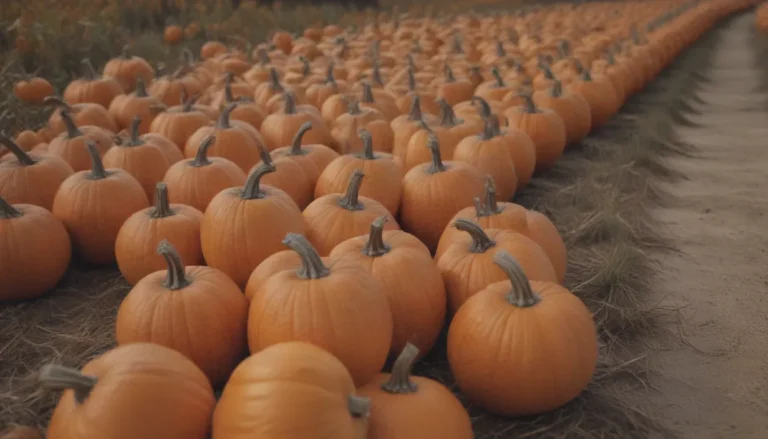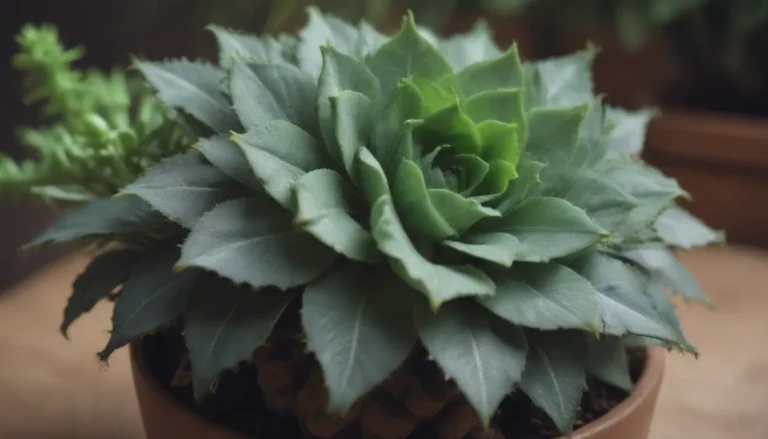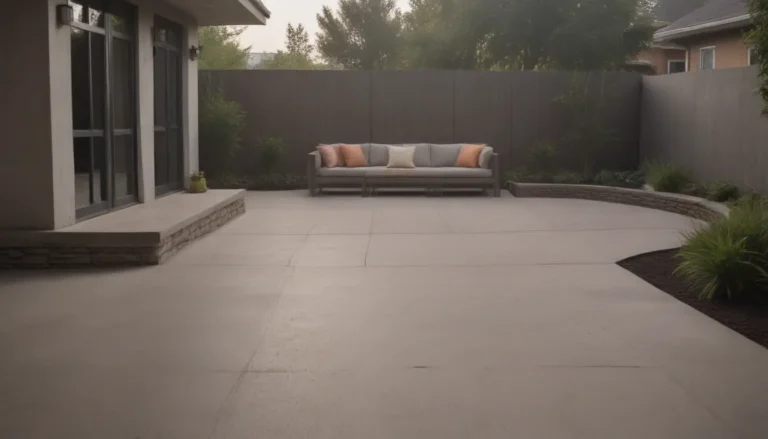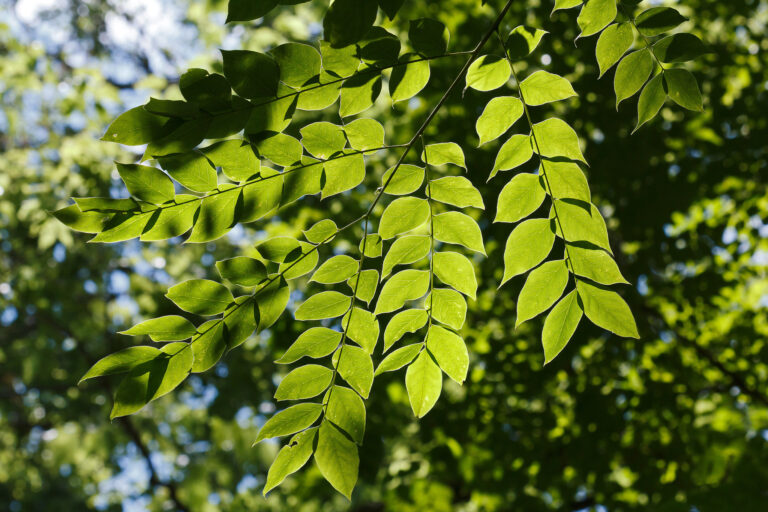Why Your Japanese Maple Trees Have Brown Leaves and How to Fix It

If you’ve noticed brown leaves on your Japanese maple tree, you might be wondering what’s causing it and how you can remedy the situation. Leaf scorch is a common issue that can affect these beautiful trees at any stage of their life. In this article, we’ll delve into the details of leaf scorch, its causes, what to look for, and some possible solutions to help your Japanese maple tree thrive.
Understanding Leaf Scorch and Its Causes
Japanese maple trees are typically understory trees, meaning they thrive in the shade of taller trees that offer protection from harsh environmental factors like intense sunlight and high winds. When these trees are exposed to too much sun, they can develop leaf scorch, which manifests as browning or greying of the leaf margins. Other signs of leaf scorch include yellowing or darkening of the areas between the main leaf veins.
Leaf scorch is primarily caused by over-exposure to the sun, but other factors can exacerbate the condition. Some common causes of leaf scorch include:
-
Too Much Sun: Japanese maple trees prefer dappled sunlight or partial shade. If your tree is exposed to bright, direct sunlight all day, it may be more susceptible to leaf scorch. Consider moving your tree to a spot that provides some shade protection or planting a taller tree nearby to shield it from the sun.
-
Lack of Water: Underwatering can also contribute to leaf scorch in Japanese maple trees. Ensure your tree receives an adequate amount of water during dry spells, aiming for deep watering less frequently rather than shallow watering more often. Keep the soil evenly moist, but avoid overwatering.
-
Chemical Burn: Fertilizers and pesticides can cause leaf scorch if not used properly. Follow the instructions carefully when applying these chemicals to your tree. Avoid fertilizing during the hottest summer months and opt for slow-release fertilizers. Only use pesticides as a last resort and according to package instructions.
-
Exposure to Environmental Factors: Harsh winters, salt from snow plows, and high winds can also damage Japanese maple trees. Protect your tree by planting it in a proper location and using mulch to shield its roots.
How to Prevent Leaf Scorch
Preventing leaf scorch involves understanding and addressing the factors that contribute to the condition. While leaf scorch may seem alarming, it’s important to remember that it doesn’t necessarily mean the end for your tree. Japanese maple trees have secondary buds that can produce a second set of leaves in response to stress.
To prevent leaf scorch and help your Japanese maple tree thrive, consider the following tips:
-
Proper Watering: Ensure your tree receives enough water, especially during dry periods. Deep watering less frequently is ideal to keep the soil evenly moist but not waterlogged.
-
Appropriate Sun Exposure: Provide your tree with dappled sunlight or partial shade to prevent over-exposure to the sun. Consider relocating the tree or planting other trees nearby for added protection.
-
Careful Use of Chemicals: Follow instructions when applying fertilizers and pesticides to avoid chemical burn. Opt for compost as a safe alternative to fertilizers and only use pesticides as a last resort.
-
Protect from Environmental Factors: Shield your tree from harsh winters, salt, and high winds by planting it in a suitable location and using mulch around its roots for added protection.
By taking these preventive measures and addressing any underlying issues that may be causing leaf scorch, you can help your Japanese maple tree stay healthy and vibrant.
Conclusion
Leaf scorch can be a concerning issue for Japanese maple tree owners, but with proper care and attention, you can help your tree recover and thrive. By understanding the causes of leaf scorch and taking preventive measures, you can ensure that your tree remains healthy and continues to beautify your landscape. Remember, leaf scorch is a manageable condition that can be addressed with the right care and maintenance. So, if you notice brown leaves on your Japanese maple tree, don’t panic – instead, take proactive steps to help your tree flourish.





